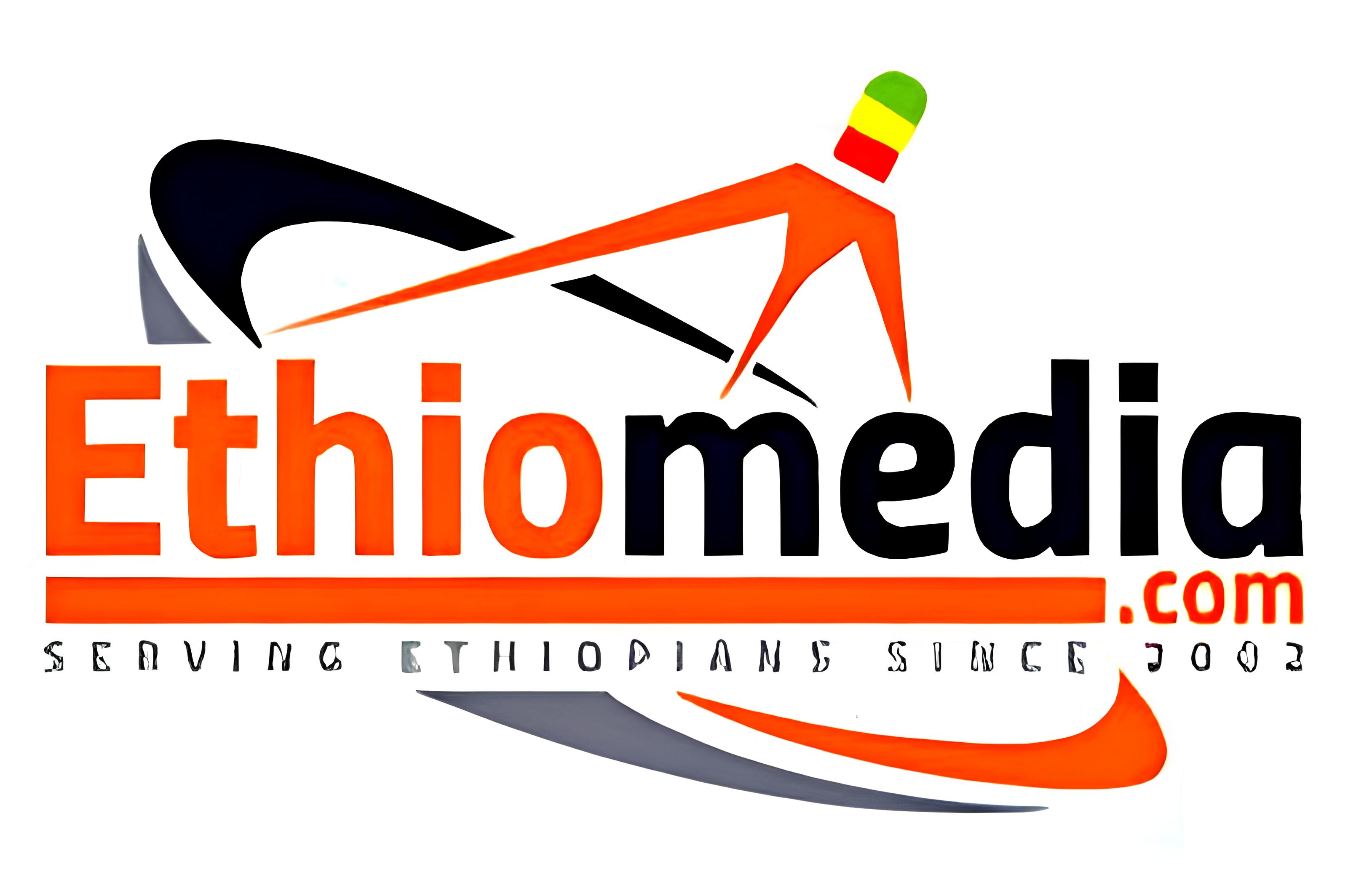|
Ethiopia: When a Traditional Past Collides with an Irrigated Future
By William Davison, Bloomberg August 22, 2013
The empty domes are traditionally built: bent sticks lashed together with This is a site in the Ethiopian government’s villagisation Agro-pastoralists such as the Nyangatom, Mursi and Hamer are being The grass is greener The government, now rapidly expanding its reach into territory only Longoko Loktoy, a member of Longoko says his family straddles two worlds, with “I don’t think the government will tell us not to move”, he says, a Longoko is unaware of plans for the “Even though this area is known as backwards in terms of civilisation, it will become an example of rapid “We are from the sovereign” In 1896, Emperor Menelik II led Ethiopian fighters to The invading highlanders faced little resistance as they marched from the “If you don’t surrender voluntarily, we will shoot at you with the fire of our “A civilising mission” Anthropologist David Turton from the African Studies Schemes imposed from the centre that force people off “They know that they are practically finished”, he explains. “Their way of At the core of Turton’s dismay are the accumulated “Ideally the government would have taken them into its confidence from the But instead, Turton claims, none of this has For the greater good? Marking a departure from the past, the ruling Ethiopian Peoples’ Revolutionary In the official narrative, sugar plantations and the new communes in the Omo are consistent with ethnic federalism, as they will “In the previous backwards and biased government policy, there wasn’t a This stance is reinforced by pro-government media such as the Walta Information Center, which, in a recent article, However, reports from advocacy groups such as Human Rights Watch and Survival They are a-changing The Nyangatom have historically been so peripheral to Today, officials from Kangaton, the administrative Lore Kakuta is a Nyangatom Lore is uncertain about how much Nyangatom land will As a meal of goat stew mopped up with flat bread from the Tigrayan “There is not anything that is going to have a negative effect”, he —
Ethiomedia.com – An African-American news and views website. Copyright 2013 Ethiomedia.com. Email: [email protected] |

